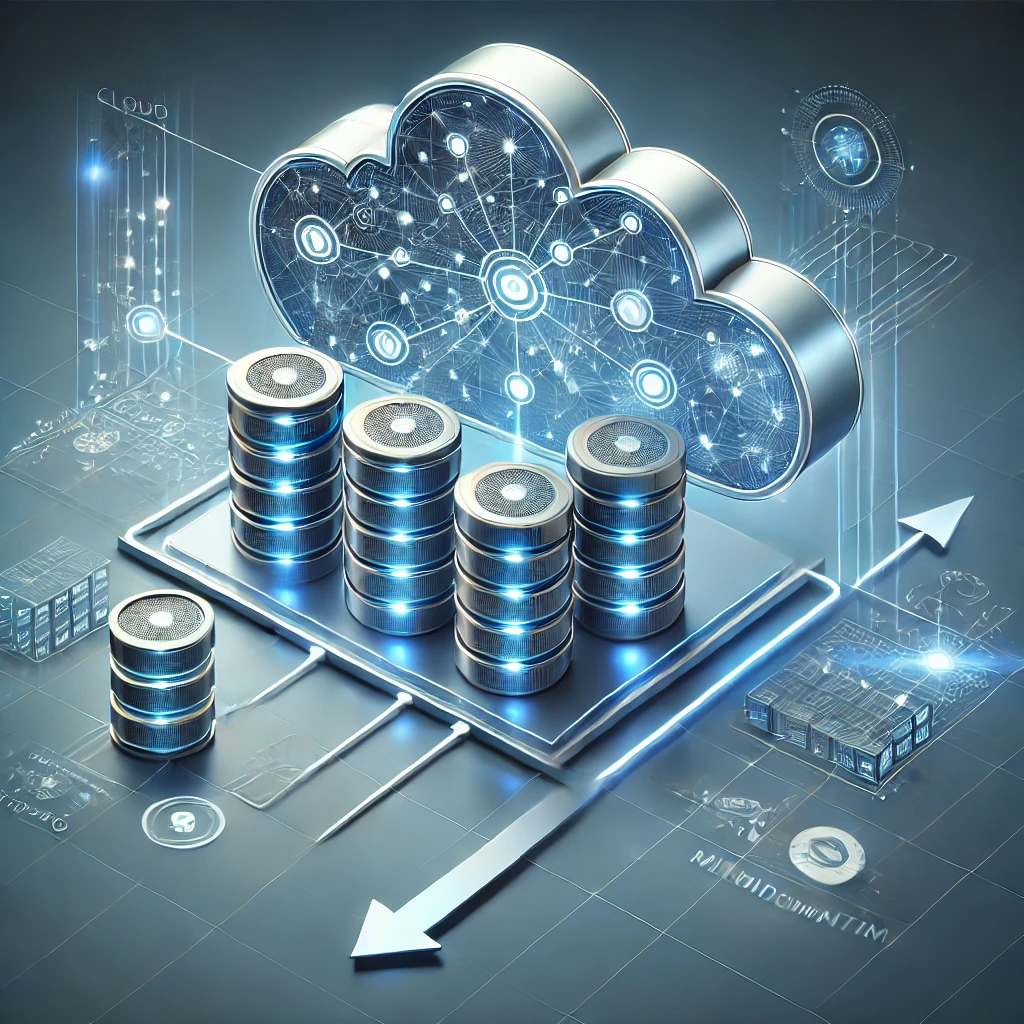
In today's rapidly evolving business landscape, understanding customer behavior and preferences is crucial for success. To gain this understanding, many companies are turning to AI-powered customer insights tools. These tools use machine learning to analyze customer data, predict trends, and provide actionable insights that can transform marketing strategies and improve customer satisfaction. However, the successful implementation of such tools requires both individual and team-based learning. This blog post explores the key aspects of learning that need to be addressed individually and as a team, how technology can be leveraged to enhance team-based learning, and the potential challenges that may arise, along with strategies to overcome them.
For individuals to contribute effectively to the AI-powered customer insights tool, they need to develop certain technical skills. It is essential for team members to become familiar with the types of machine learning models used in the tool, such as clustering, classification, and regression, and understand their specific applications. Proficiency in data handling and preprocessing is also crucial, including skills in data cleaning, normalization, feature engineering, and managing missing data. These abilities ensure that the data fed into the models is of high quality and suitable for analysis. Additionally, individuals should learn the specific tools, programming languages like Python or R, and libraries such as TensorFlow or Scikit-Learn used for developing and deploying the AI tool. Understanding the ethical implications and legal requirements related to customer data handling is also vital to ensure that the tool is used responsibly and in compliance with relevant regulations.
Different team members will need to focus on knowledge that is specific to their roles. For example, the marketing team should learn how to interpret AI-generated insights to enhance marketing strategies and campaigns, while data scientists should deepen their knowledge of model tuning, validation techniques, and performance metrics to ensure the models are accurate and reliable. Customer support teams, on the other hand, should understand how customer sentiment analysis works and how it can be applied to improve customer satisfaction. To stay ahead in the fast-paced world of AI, individuals should engage in continuous self-directed learning by pursuing specialized courses related to AI and machine learning, as well as staying updated on the latest trends and technologies in AI and customer analytics through ongoing research and study.
As a team, it is important to understand how each component of the AI tool—data collection, model training, insight generation, and action implementation—fits into the overall workflow. Collaborative learning ensures that the tool integrates seamlessly with existing systems, benefiting the entire organization. Successful AI tools require input from multiple departments, such as IT, marketing, and customer service. Developing a shared understanding of how each team will use and benefit from the AI insights fosters better collaboration and ensures that the tool meets the needs of all stakeholders. Joint workshops or hackathons can be an effective way to simulate real-world use cases and encourage teamwork.
Teams should work together to brainstorm and define specific business problems that the AI tool can address. By co-creating scenarios where the AI tool provides actionable insights, the team can determine how these insights can be operationalized to drive business outcomes. Group discussions on the ethical use of AI are vital. Ensuring that all team members understand and agree on guidelines for data privacy and customer transparency is crucial for maintaining trust and compliance.
To enhance team-based learning, various technologies can be utilized effectively. Collaborative platforms like Jira, Confluence, or Trello can be used to manage learning tasks, track progress, and share resources. For joint development and version control, platforms like GitHub or GitLab are invaluable. Leveraging virtual classrooms, webinars, and video conferencing tools such as Zoom or Microsoft Teams can facilitate team-based training sessions and knowledge sharing. Interactive tools like Miro or MURAL can be used for workshops and brainstorming sessions, making learning more engaging and collaborative. Deploying a learning management system (LMS) can host courses, quizzes, and group assignments tailored to the AI customer insights tool. Encouraging peer-to-peer learning through discussion forums, group assignments, and feedback loops within the LMS can further enhance the learning experience. Additionally, AI-driven personalized learning platforms can recommend content based on individual and team learning patterns. AI-powered analytics within the LMS can also track learning progress and identify areas where the team may need additional support.
While team-based learning offers many benefits, it also presents certain challenges. One of the challenges is that team members may have varying levels of understanding of AI and machine learning. To overcome this, a skills assessment can be conducted, and personalized learning paths can be created. Pairing less experienced members with mentors or creating peer-learning groups can foster knowledge sharing and ensure everyone is on the same page. Another challenge is balancing learning initiatives with regular work responsibilities. To address this, micro-learning sessions can be integrated into daily routines, and specific time slots can be allocated for team learning. Asynchronous learning tools can also be used to allow team members to learn at their own pace without disrupting their regular work.
Some team members may resist adopting new technologies or learning methods. To overcome this resistance, it is important to clearly communicate the benefits of the AI tool and involve team members in the decision-making process to increase buy-in. Highlighting success stories and case studies can also help demonstrate the value of the tool. Maintaining engagement in team-based learning activities can also be challenging. Gamification techniques, such as leaderboards, badges, and rewards, can be used to motivate participation. Regularly soliciting feedback can help make learning sessions more engaging and relevant to the team's needs. Ensuring smooth coordination between different teams, such as IT and marketing, for a holistic learning experience can also be difficult. Appointing cross-functional learning champions to facilitate communication and alignment, and organizing cross-departmental workshops to break down silos and encourage collaboration across the organization, can help address this challenge.
In conclusion, the successful implementation of an AI-powered customer insights tool requires both individual and team-based learning. By focusing on the right aspects of learning, leveraging technology to enhance collaboration, and addressing potential challenges, organizations can unlock the full potential of AI to drive better business outcomes and customer satisfaction.







